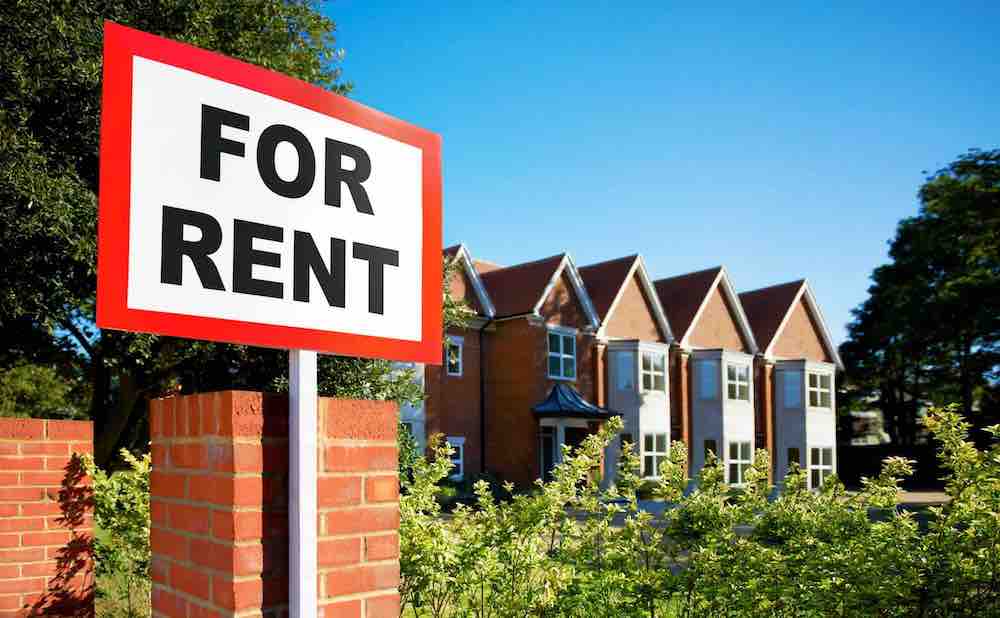With the rise of digital housing search tools, it’s become easier than ever for prospective renters to see what’s available in their preferred neighborhoods and price range. However, even with these services and listings websites like Zillow and Redfin making information about rental costs more accessible, some prospective renters may still be uncertain about how much rent they can afford.
If you’re moving into a new apartment and have no idea how much rent you can afford or need to know how much rent you can afford in order to sign a lease, this guide will equip you with the information you need to make an informed decision. As we’ll explain, there are many different factors that go into determining your affordability as a renter – especially if you plan on renting long-term. With that in mind, read on to understand more about this topic and how it applies to your situation as a renter.
Read Also:
Should You Buy a Vacation Home Before a Starter Home?
Getting your budget back on track
What is rent-to-income ratio?
Let’s start with some basics: the rent-to-income ratio is a measure that determines how much you can spend on housing (i.e. rent) relative to your income. The figures for this ratio are typically set for different types of renters, with the general recommendation being that a ratio below 30% is ideal for most renters. The ratio is usually calculated on a quarterly or annual basis, and the base measurement is your annual rent amount divided by your gross annual income.
If you prefer to think of this ratio in terms of your monthly payment, you can simply divide your annual rent by 12 to get the monthly figure. In order to calculate your rent-to-income ratio, you’ll need to know two figures: your gross annual income and the amount of rent you plan to pay each month. While you can use this ratio to help determine if you can afford a specific rent amount, other factors like your credit score, debt-to-income ratio, and housing costs (e.g. insurance, property taxes) should also be taken into consideration.
How to calculate your rent-to-income ratio
There are several different ways to calculate the rent-to-income ratio, but the most common formula is the 28/36 rule: – 28% rule: If you make less than $40,000 per year, you can spend up to 28% of your income on rent. – 36% rule: If you make more than $40,000 per year, you can spend up to 36% of your income on rent. – Additional factors: Some landlords also take into account other factors, such as your debt-to-income ratio, credit score, etc.
If you’re in the market for a new place to live, you can use the rent-to-income ratio to gauge how much you can afford to pay in rent each month. Your gross annual income should be the same figure you used when calculating the ratio, while your monthly rent amount should be the amount you plan to pay each month. If the resulting ratio is 30% or lower, then you can likely afford the amount of rent you indicated.
How much rent should you pay per month?
Figuring out how much rent you can afford is only half the battle. Before you can determine how much rent you can pay per month, you first must decide on what housing type you want to rent. Rental costs vary greatly depending on the type of dwelling you choose to live in. Apartment: If you prefer to live in an apartment, you can expect to pay an average of $1,456 per month, according to estimates from the National Low Income Housing Coalition (NLIHC).
An average 1-bedroom apartment costs $1,430 per month, while a 2-bedroom apartment costs $1,730 per month. House: If you prefer to rent a house, the average monthly cost is $1,368 per month. The monthly cost per house varies significantly based on location, size, and amenities. According to data from Trulia, houses in the Midwest tend to be the least expensive, while houses in the West cost the most.
How much should you pay in security/re-renting fee and move-in costs?
In addition to the cost of your rent, you’ll also have to pay move-in costs and security/re-renting fees. Move-in costs are one-time expenses, such as the price you pay to get your utilities connected and sign a lease. Security/re-renting fees are costs you’ll pay at the beginning of your lease. These fees are designed to protect your landlord against damages.
When calculating your move-in costs and security/re-renting fees, remember to take into account any fees that vary by unit type. While you may pay the same amount for utilities and other miscellaneous fees regardless of what type of dwelling you rent, other costs – like the application fee, security/re-renting fee, and pet fees – may differ based on the type of dwelling you choose to rent.
Conclusion
No one can predict the future, but we can make informed decisions based on what we know today. While renting is a good option for many people, there are a lot of factors to consider when determining if it’s a smart financial decision for you. This guide will equip you with the knowledge base you need to make an informed decision about your housing situation. As we’ve explained, there are many different factors that go into determining your affordability as a renter – especially if you plan on renting long-term. The important thing is to understand your situation and know what questions to ask to ensure you’re making the best possible decision for you and your budget.





